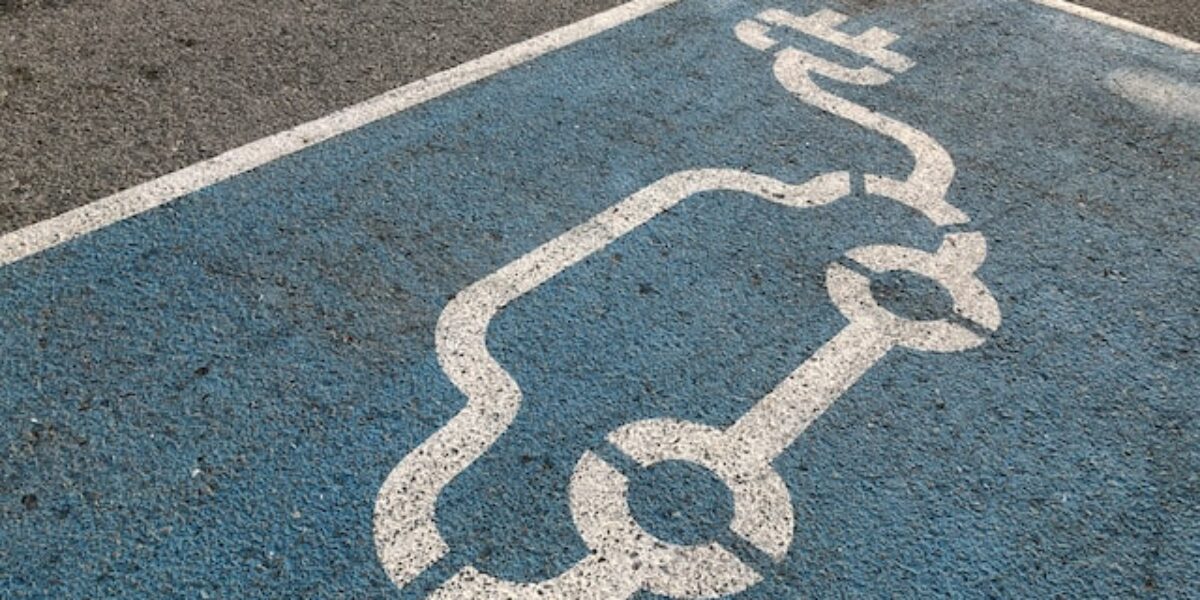Government policy changes slow down EV conversion
OBR significantly cuts forecasts for EV sales
Following the government’s changes to the ban on petrol and diesel vehicle sales from 2030 to 2035, and the rules over the proportion of vehicle sales needing to be electric in the run up to the ban.
It has led the Office for Budget Responsibility (OBR) to slash expected electric vehicle (EV) registrations in the UK by almost half.
Prices and profits
‘Economic and Fiscal Outlook’, published by the OBR to coincide with the chancellor’s Autumn Statement (the budget), paints a disappointing picture for the government. However, while vehicle manufacturers have been ramping up the development and production of EVs, selling diesel and petrol versions (ICE) still remain more profitable.
The OBR says that it now expects EVs to account for 18% of sales, down from 25%, in 2023. It has also cut registration expectations in half, from 67% to 38%, by 2027.
It explains that the absence of low cost EVs, the steep sales growth of the past years, boosted by (usually high-income) early adopters, is now expected to slow.
EVs have lower running costs for consumers who can charge vehicles at home, it says. However, the cost advantage of EVs charged away from home is significantly less and can become negative, and the availability of public charging points seems to be a concern for many drivers.
Cold front to global warming
Moreover, petrol and diesel prices have declined from the spike in 2022, due to a combination of both wholesale price falls and fuel duty cuts, though are still high relative to the past, it says.
But the general cost of living crisis has also put motorists off the bigger investment of EVs. Alos, as the ICE vehicle ban shifts, many now feel that investing in a new petrol or diesel is probably the most cost effective and convenient choice for the next decade.

Changing routes
The main policy driver for EV uptake is now the Zero Emission Vehicle (ZEV) mandate which takes effect in January 2024.
The Department for Transport (DfT) confirmed in September that the mandate will require more than a fifth (22%) of cars and 10% of vans sold by manufacturers to be electric. This will come into force next year.
The OBR said as a result it had revised its EV assumption to match the path of the mandate over the forecast horizon.
It continued: “We judge sales are unlikely to materially exceed this across the forecast horizon due to flexibilities that allow trading of allowances and borrowing against future allowances in the first three years of the mandate.
“Furthermore, the Government recently announced a five-year delay on the ban of new ICE vehicle sales, from 2030 to 2035, which may result in some consumers delaying a switch to EVs.”




